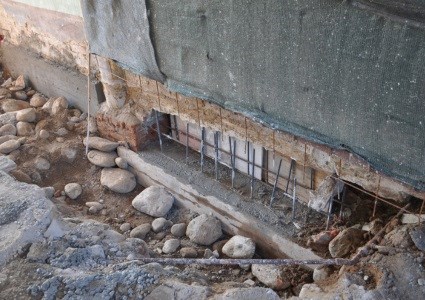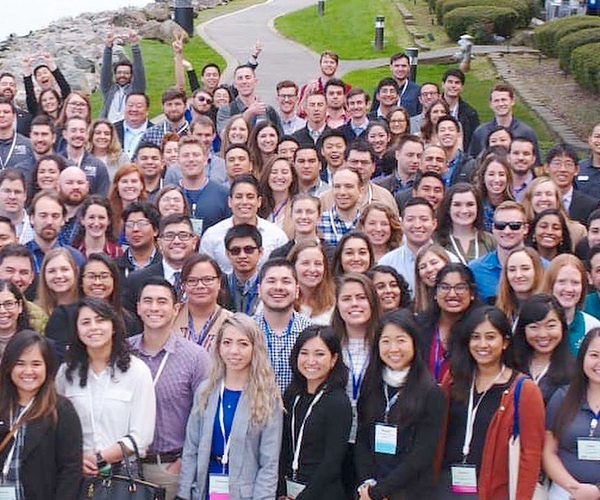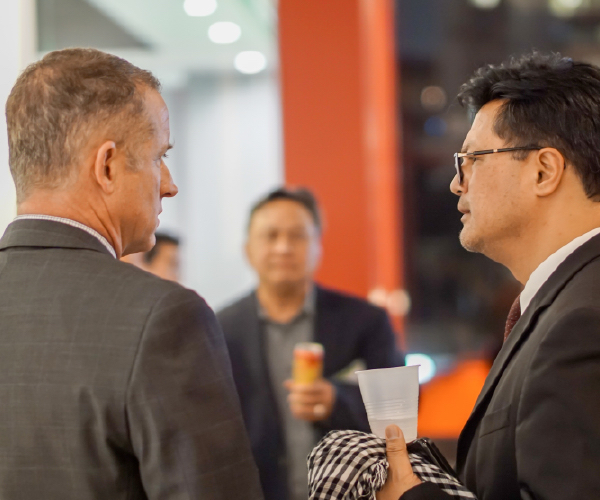Thomas Ward is a registered Civil and Structural Engineer, and an ACOPNE Diplomate in Port Engineering. He received a Bachelor of Science in Civil Engineering and a Master of Science in Structural Engineering from the University of California at Berkeley.
Mr. Ward has over 35 years of experience in multi-modal freight planning and operations analysis for major maritime and intermodal logistics/transportation projects, including conventional, semi-automated and fully automated terminals. In addition to numerous container terminal projects, he has led several major port-wide master planning efforts nationwide, allowing intelligent balancing of port capacity, accessibility, and sustainability. Mr. Ward's professional employment includes 30 years as an engineering consultant, as well as seven years as head of engineering for a major port operating company.
Mr. Ward's responsibilities have included operational analysis of marine terminal operations, site planning, simulation modeling, supervision of engineering/construction resources, and development of contracting standards for design, construction and specialty equipment procurement. He has provided these services in 20 different countries across five continents and has an established international reputation in the fields of marine terminal productivity, operational capacity, terminal technology, and key performance measurements.
Mr. Ward was an early leader in the development and use of computer simulation on marine terminals, leading detailed simulation efforts on numerous facilities reflecting the full range of current operating paradigms. He is familiar with all factors that influence port facility capacity and performance and leads the continuing development of integrated terminal planning and analysis tools that support rapid creation of robust terminal plans driven by site-specific operating requirements.
Mr. Ward has led the conceptual planning for several automation terminal projects, both as a consultant and as owner's engineer. He is familiar with all current and pending automation technologies, and his planning has encompassed a range of viable automation paradigms. He has developed a number of innovative ways to combine different automation systems and holds two patents for terminal systems that maximize automation potential across a broad range of landforms and operating environments.















